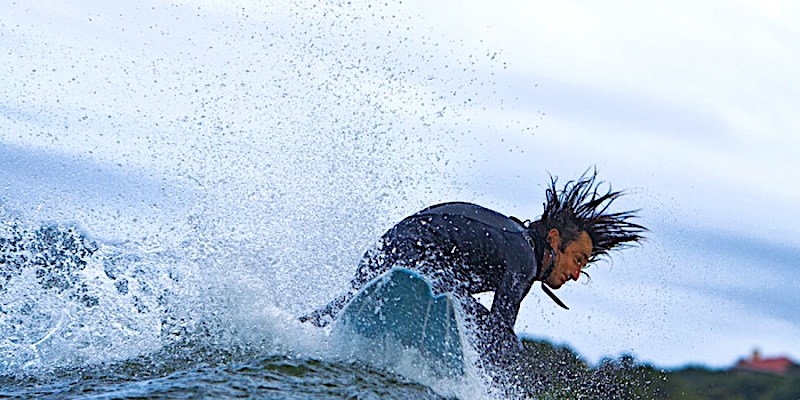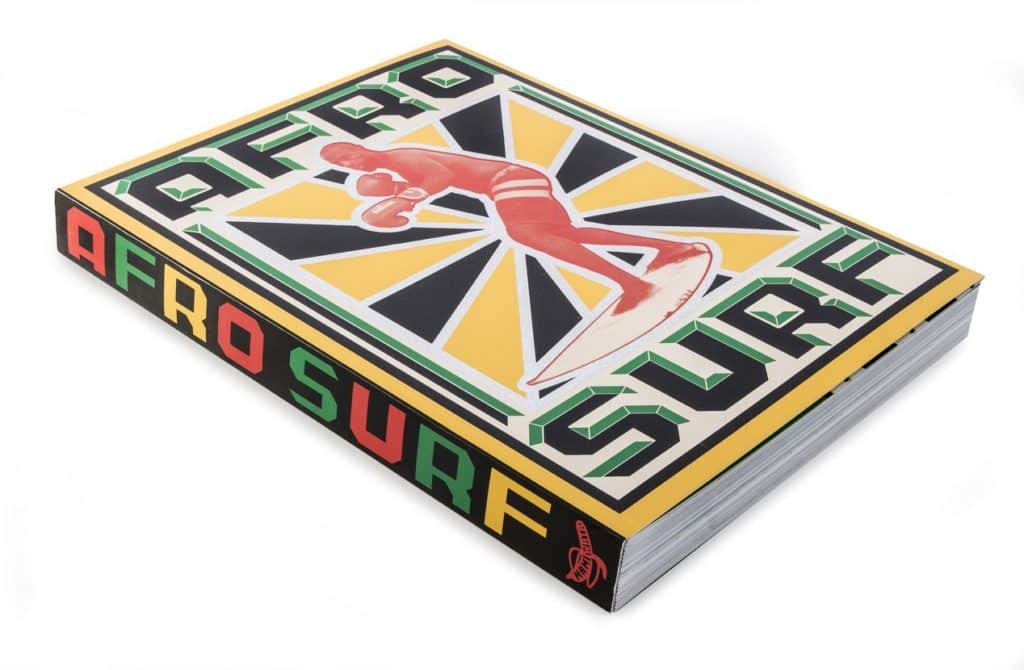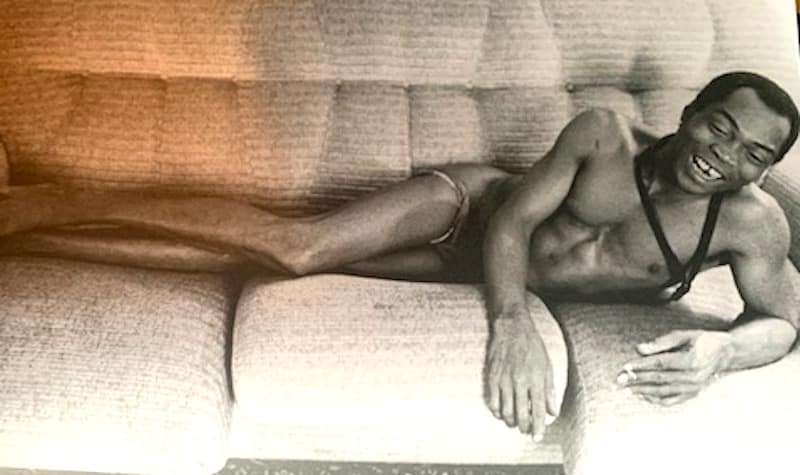VALS encouraged not to apply…
Necessity may be the mother of all invention, but when it comes to re-invention, Derek Hynd is daddy.
Hynd has worn so many hats over the last five decades it can be hard to keep up.
Competitor. Writer. Coach. Contest director. Administrator. Free friction advocate.
He is a field of constant motion. A spinning maelstrom of progression.
Chaotic? Yeah.
But look deep enough into the chaos and common threads will appear.
The latest iteration: Hynd, the surfboard shaper.
Launching 4/3/21 HyndLine.com will be offering a series of thirty hand-shaped board models – or codes – representing 30 years of his surfing progression from 1973-2003.
Ten boards being shaped per code. Designs from the likes of the Campbell brothers, Terry Fitz, Tom Parrish, Skip Frye, to name but a few. All re-shaped by Hynd.
Three hundred in total. Bit over two thousand Australian dollars each.
Hynd’s career on fins, as surfed.
But here’s the rub: all boards will be re-produced as they were shaped at the time. No modern-day tweaks or concessions. Faithful reproductions intended to be ridden warts and all.
It’s certainly not selling itself to the modern surf dilettante, so used to forgiving all-rounders and easy riders.But according to Hynd, that’s the point.
“These boards are true to form and mostly require learning and acceptance because most of these boards aren’t dead easy pieces of sponge cake to jump,” says Hynd. “This is the way I’ve always appreciated it, and the way most modern surfers do not like it.”
It may seem like a swerve on a straight track. Who cares if Joe Blogs wants an easy-rider for his weekend rip?
As with all of Hynd’s projects, HyndLine is part of an organic yet linear narrative, both in his own evolution as a surfer, and in his commentary on the current state of things.
“Hybrids, particularly Fish hybrids, disgust me. Modern surfing is a cop-out of how we make things easy, easier, easier still. Hybrid boards do this. They ruin the soul of the art form. Moves to soft rails to leg ropes to grip pad to tail blocks to easy rider rockers, likewise.”
Hynd traces this softening way back to the literal anchor of modern-day surfing: the fin.
“Tom Blake’s first skeg was pure surfing’s loss,. the advent of surfing’s Americana, how to make things easier despite the nuances of difficulty and challenges of mastery, which had left surfing for a few thousand years justifiably unique to human pursuits. It did not need to be dumbed down.”
It’s a perspective that puts the apparent militance of Hynd’s initial finless response into frame.
“This is my seventeenth year of riding nothing but free friction. I still feel the speed, still get a thrill. The reason for getting into it in the first place had a lot to do with getting as far away from predictable board design (as possible).”
HyndLine is the next step.
“I’m now going the other way, to tap what I knew so well before the easier toys took hold. Give me errors any day and sketchy moments going with it, but give me something to work out.”
Hynd has the knowledge. He’s lived through every major design progression since the early 1970s. Ridden most of them, too.
“I never sat pat on a design,” says Hynd. “Once through the tour and getting serious about J-Bay I had enough nous to tune into boards left to me by other people and purpose new ones. I’m getting way back to progress my surfing. Many a lost flash sits back there.”
This is the heart of Hynd’s agitations.
The common thread running through his many guises. Using the past to inform the future. Whether its competitive formats or board design, many of the questions we grapple with today have already been answered in some form, if only we’d look.
“Anyone spouting crap about Now being better than Then for design hasn’t factored in Impossibles doubling up from six-to-eight feet with a Parrish 8’2″ under your feet. The way it pivoted off the bottom then stalled into a fin drift in the pocket, slipping down onto the foam ball, then biting into a locked in groove…I’ve never felt so peaceful in a heavy situation.”
That extreme specificity to a particular moment is the common thread you will find in these designs, which will range in size from 4’10″ to 11’1″.
“Every one of these HyndLine boards hinged on something unique. I know surfers under fifty go hard on modernity being king, but remember something. Simon sacrificed his master tube work, notably on the backhand with the hook into layback, when he invented The Thruster. And then there’s MP weaving, freight training with peerless jitterbug precision, TF soul arching, MR and GT laying it over off the bottom, Cheyne at sixteen snap stalling into pits the likes of which have never been seen again, Richo doing it all at Black Rock on his channels, Kong the boy monster rewiring the works, Mikey Meyer gun riding at any size J-Bay, with way better line than any modern surfer. Why go back?”
It’s the ascetic quirks of the designs that most excite Hynd.
“When it comes down to it the difficulty factor in wiring a board is the best thing for me. The eleven-footer that Rich Pavel did to my instructions, ironing board, late 1950s elephant gun outline but with a tight swallow, was impossible to ride at the start, until I changed my thinking. It’s been my go-to board for over twenty years, first with fins, then without. Hilarious.”
Hynd is cagey on the detail of the remaining 29 codes though he has them all sketched out. And like any good shaper he will be testing the craft. Which also means, for the first time in seventeen years, the fins will be going back in.
“I’m still only free friction, but not for long. One of every ten boards made for every year will be sold with dirty wax.”
HyndLine isn’t just an altruistic gesture to the surfing world. The boards ain’t cheap. Daddy’s gotta eat. But a portion of each code’s sale will be going to the original shaper.
It’s a fitting homage to the forward thinkers of the board design universe.
Mitchell Rae. Rod Dahlberg. Greg Webber. Roger Erickson. Bruce McKee. Col Smith. Again, to name but a few.
And while it’s never going to have mainstream appeal,the conversations that it should start around board design will be of value to the surfing world at large.
“Why HyndLine? I guess the historical record, knowledge, is the impetus. Bringing what I knew then right up to what I know now is reason enough. Delivering non modified true boards to anyone interested in journeying with me seems worthy enough, be it one person or a ton.”









